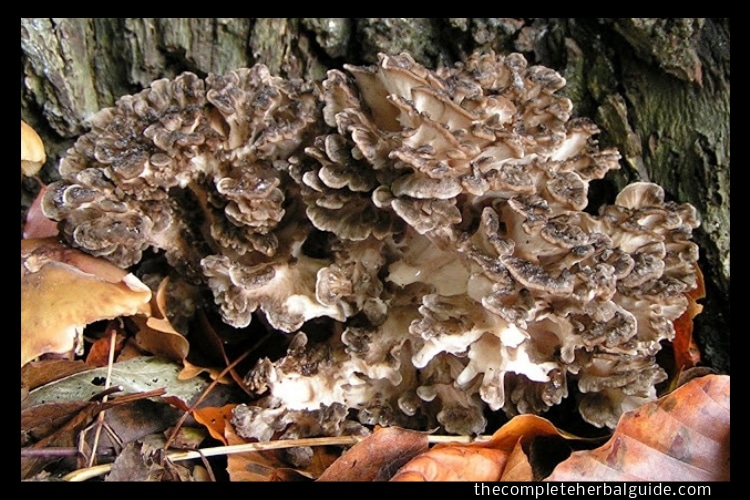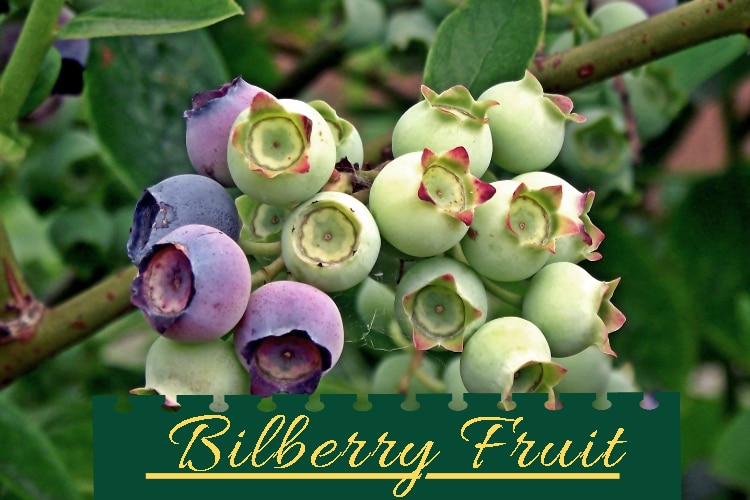
Passion Flower: Nature’s Tranquilizer
Do you get tension headaches, toss and turn, unable to fall asleep because you are overstressed, and feel anxious and exhausted? Need a restful, sound sleep without the addictive side effects usually associated with synthetic sedatives? Perhaps it is time to think of Passion Flower. Native Americans knew this secret hundreds of years ago, and today, many European herbalists prescribe Passion Flower for insomnia, nervous anxiety and relief of pain and neuralgia. It just might provide the relief you need.
Table of Contents
What is Passion Flower?
Passion Flower is the State Flower of Tennessee and a perennial woody vine with a trailing stem that can climb to the tops of many trees seeking the sun, often covering spans up to thirty feet in length. There are about four hundred known species of Passiflora, and most are natives of the Americas. Passiflora is native to North, Central, and South America and grows along hedgerows, on the edges of woods, in thickets and over open ground. It bears white to pale lavender flowers of about two inches across with edible berries. The fruits ripen only in warm, sunny climates, and the vine thrives in well-drained, sandy (slightly acid) soil in sun.
History of Passion Flower
In the sixteenth century, early Spanish explorers were astounded by the beauty of the exotic climbing vine that resembled elements of the Passion and Crucifixion of Jesus Christ and named it Passion Flower in honor of the agonies of Christ.
They soon found it to be a source of medicine for the Native Americans. The Houma tribe added it to drinking water as a tonic, and in the Yucatan, it was a remedy for insomnia, hysteria, and convulsions in children. Other tribes used it in poultices to heal bruises, and the early Algonquians brewed Passion Flower in a tea to soothe their nerves. In 1783, a visiting European doctor described its use as a remedy for epilepsy, and other early physicians prescribed the fruit juice as a wash for sore and tired eyes.
The plant was largely ignored in conventional North American medicine until the late 1800’s when it became a popular nineteenth-century remedy for insomnia. It finally received official recognition in the United States National Formulary from 1916 to 1936, and the whole plant is used in herbal medicine.
Medical Uses of Passion Flower
Passion Flower may be a useful bridge between traditional herbal medicine and the treatment for modern ills, especially in cases of anxious states, depression, and patients trying to wean themselves from synthetic sleeping pills and tranquilizers.
Despite the dearth of research into Passion Flower in the United States, the herb is frequently prescribed in Europe to ease tension, restlessness, irritability and mild insomnia. However, because of its increased popularity and use in the United States, clinical trials will hopefully be conducted to determine why the plant appears to produce effective results. Aside from its medicinal value, the fruits are pulped for jams and desserts, and because they create a popping sound when mashed, the plant received one of its common names, “Maypop.”
Some of the constituents in Passion Flower are alkaloids (harmaline, maltol, etc.), flavonoids (apigenin, luteolin, etc.), quercetin, rutin, kaempferol, vitexin, saponarin, amino acids, glycosides, gums, and calcium.
Treatments using Passion Flower
- Passion Flower is a very gentle (but effective) sedative that has a depressant effect on the central nervous system. The alkaloids and flavonoids are believed to be effective, non-addictive sedatives, which promote restful, sound sleep, particularly in cases of nervous insomnia. It is one of nature’s best tranquilizers and has been used for centuries as a reliable remedy for nervous, menopausal and premenstrual tension, irritability, and fatigue and tension headaches. It is said to gently shift moods, alter perception and aid concentration, and the alkaloids are thought to act in a similar way as MAO inhibitors, which may be of some help in cases of depression. In Italy, Passion Flower is used to treat hyperactive children.
- Its relaxing qualities appear to extend to relaxing spasms, relieving muscle tension and other manifestations of extreme anxiety. This is beneficial for restless leg syndrome, Attention Deficit Disorder (ADD) and irritable bowel syndrome.
- Passionflower is considered an anodyne that reduces pain, and as such, is used to relieve headaches and nerve pain, the pain of shingles and dysmenorrhea (painful menstruation).
- Passionflower is thought to relieve hypertension and lower blood pressure. Some tests claim that it relaxes the walls of the arteries, which may be useful for maintaining good heart health.
- In laboratory tests, Passion Flower was able to stop the growth of certain kinds of thyroid malignancy, and further research may, hopefully, bring positive results in this area.
- There are reports that Passion Flower stops chemical reactions that cause nausea and vomiting because of withdrawal from cocaine, heroin or opiate painkillers, and this may prove useful for those patients trying to withdraw from such substances. A bitter principle in Passion Flower is thought to be beneficial for functional digestive problems as well.
- Passion Flower may help a diminished sex drive. The herb is a source of an antioxidant chemical known as chrysin, which helps the body conserve testosterone. It does not cause the body to produce more of the hormone, but by conserving it, the action has a direct effect on increasing testosterone levels, which may boost sex drive.
Precautions to be taken
- Pregnant and nursing women should not use Passion Flower.
- Since Passion Flower may cause sleepiness, it should not be used before driving or operating machinery.
- Children should never be given this herb in any form, and older adults and children between two and twelve should take low dosages (preferably in consultation with a physician).
- Do not use Passion Flower if you take MAO inhibitors, and it should not be taken with other prescription sedatives or sedative herbs, as it increases their effects.








